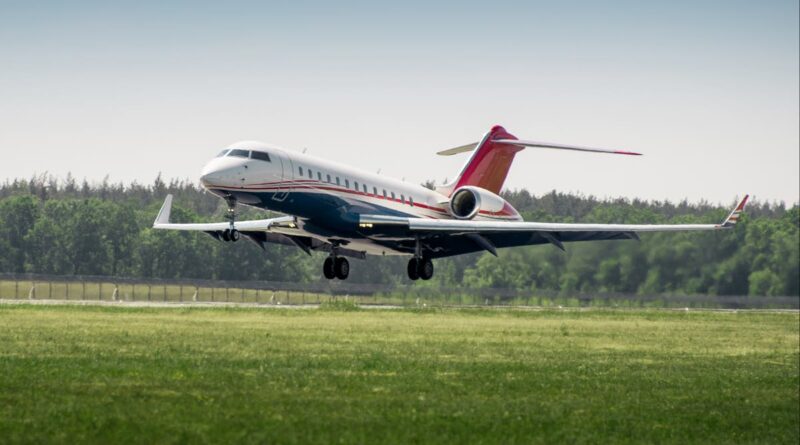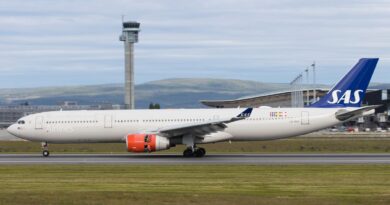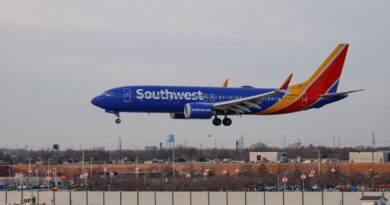Private jets carbon emissions making huge contribution to climate change
Your support helps us to tell the story
From reproductive rights to climate change to Big Tech, The Independent is on the ground when the story is developing. Whether it’s investigating the financials of Elon Musk’s pro-Trump PAC or producing our latest documentary, ‘The A Word’, which shines a light on the American women fighting for reproductive rights, we know how important it is to parse out the facts from the messaging.
At such a critical moment in US history, we need reporters on the ground. Your donation allows us to keep sending journalists to speak to both sides of the story.
The Independent is trusted by Americans across the entire political spectrum. And unlike many other quality news outlets, we choose not to lock Americans out of our reporting and analysis with paywalls. We believe quality journalism should be available to everyone, paid for by those who can afford it.
Your support makes all the difference.
An increase in private jet flights contributed to a 46 per cent rise in the industry’s annual carbon dioxide emissions between 2019 and 2023, say climate scientists.
New research published in the journal Communications Earth & Environment, analysed the habits of 18,655,789 private flights over four years to understand the role of private aviation in climate change.
It found leisure trips to holiday destinations and major international sporting events had driven a surge in private flying.
Professor Stefan Gossling from Linnaeus University in Sweden, who led the research, said that many private flyers are now “using these aircraft as taxis”.
Travel patterns showed that 18.9 per cent of private flights were short-haul, with 4.7 per cent routinely flying leisure journeys less than 50km (31 miles) in distance.
Almost half of all private flights travelled less than 500km (310 miles), said Prof Gossling.
According to the data, in 2023, an estimated 15.6 million tonnes of carbon dioxide was produced from private aviation.
This represents around 1.8 per cent of the emissions from commercial air travel, with the most frequent and premium class fliers responsible for approximately half of all emissions.
Prof Gossling said that the growth in global emissions has been “driven by the wealthiest” – around 256,000 individuals, or 0.003 per cent of the adult population.
Much of private aircraft use was found by the research team to be for leisure.
Private flights to European holiday hotspots – Ibiza and Nice – by “ultra-high net worth” travellers peaked in summer, with arrivals and departures concentrated on weekends.
The data revealed that many private aircraft journeys also served the same international events – 595 aircraft at the World Economic Forum in Davos also flew to the Cannes Film Festival.
Similarly, of the 404 aircraft at COP28, 96 were also chartered to the 2022 FIFA World Cup in Qatar.
Researchers warned that individuals who regularly fly private may produce almost 500 times more CO2 in a year (2,400 tonnes) than the average individual.
The total number of private jets grew by 28.4 per cent during the four years, with 25,993 private aircraft in service at the end of December 2023.
Some private aircraft with fuel consumption values up to 576 gallons per hour emit more carbon dioxide per hour than the average human (4.5 tonnes) annually, the research found.
Researchers forecast that another 8,500 business jets will be delivered to the industry by 2033.
Prof Gossling said: “In 10 years, people will wish we had done a lot more in order to stop climate change.”
“We need to cut down on certain activities and we need to start at the top in order to make the statement that everybody has a role in cutting down emissions,” reports BBC News.
For more travel news and advice, listen to Simon Calder’s podcast




